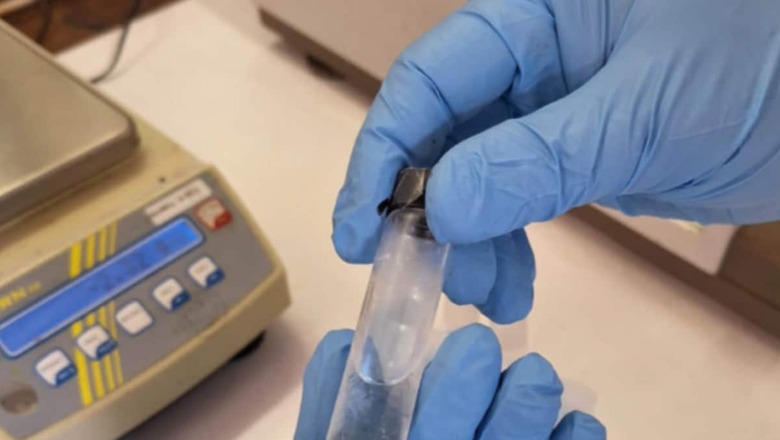
views
Researchers in a small county in southwest England have managed to successfully turn human waste into kerosene, what is being described as a breakthrough in sustainable aviation fuel. James Hygate, CEO of Firefly Green Fuels which achieved this feat, explained their choice of feedstock: “We wanted to find a really low-value feedstock that was highly abundant. And of course, poo is abundant.”
Independent tests by international aviation regulators confirmed that the produced fuel is nearly identical to standard fossil jet fuel, according to a report published by BBC. Working with Cranfield University, Firefly’s team determined that their fuel has a 90 percent lower carbon footprint than traditional jet fuel, the report says.
Despite the chemical similarity to fossil-based kerosene, Hygate says, “It has no fossil carbon; it’s a fossil-free fuel.” He acknowledged the energy used in production but highlighted the 90 percent saving in the fuel’s life cycle compared to fossil fuels. Across the world, aviation contributes approximately 2 percent to global carbon emissions, creating a growing need to find greener alternatives.
While electric planes are in development, mass adoption of new technologies for air travel is expected to take years, if not decades. This has sparked a global rush to discover environmentally friendly methods for producing kerosene without using fossil fuels. Firefly Green Fuels turned to human waste after experimenting with waste oils, waste food, and agricultural scraps, according to BBC.
Working with Imperial College, London, chemist Dr. Sergio Lima and Hygate developed a process that transforms human waste into what they term “bio-crude,” a substance with chemical properties similar to crude oil. Dr. Lima stresses, “What we are producing here is a fuel that is net zero.” Independent tests at the German Aerospace Center and Washington State University confirmed the bio-kerosene’s near-identical chemical composition to A1 fossil jet fuel.
Hygate’s company is now raising funds to build a full-scale demonstrator factory in the UK. He believes that each human produces enough sewage in a year to generate 4-5 liters of biojet fuel. To put it into perspective, the sewage from 10,000 people is estimated to be sufficient for a passenger jet from London to New York and back.
The International Energy Agency sees the critical role of Sustainable Aviation Fuels (SAFs) in decarbonising aviation. Currently, only 0.1 percent of aviation fuel is considered sustainable. Hygate’s ambitious target of 5 percent using sewage-based fuel, combined with a universal feedstock, positions this breakthrough as a global opportunity.
Cait Hewitt, policy director of the Aviation Environment Federation, acknowledges the inevitability of human waste production, making sewage-based fuel more acceptable. Moreover, environmental campaigners, while still advocating for reduced air travel, are more supportive of sewage-based fuels compared to other biofuels made from crops. Hygate, who sees the potential impact, says that “There’s a 10 percent sustainable aviation fuel requirement, that’s a legal mandate. And we could meet half of that with poo.”














Comments
0 comment